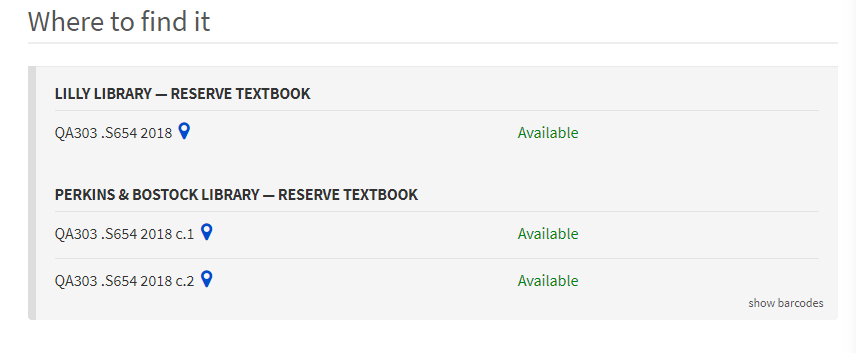Duke University is an early adopter for FOLIO, an open source library services platform that will give us tools to better support the information needs of our students, faculty, and staff. A core team in Library Systems and Integration Support began forming in January 2019 to help Duke move to FOLIO. I joined that team in January 2019 and began work as an IT Business Analyst.
In preparation for going-live with FOLIO, we formally kicked off our local implementation effort in January 2020. More than 40 local subject experts have joined small group teams to work on different parts of the FOLIO project. These experts are invaluable to Library IT staff: they know how the library’s work is done, which features need to be prioritized over others, and are committed to figuring out how to transition their work into the FOLIO environment.
If you’re reading this in April 2020 and thinking “wasn’t January ten years ago?” you’re not alone. Because the FOLIO Project is international, with partners all over the world, many of us are used to working via remote tools like Slack, Microsoft Teams, and Zoom. But that is a far cry from doing ALL of our work that way, while also taking care of our families and ourselves. It’s a huge credit to all library staff that while the University was swiftly pivoting to remote work, we were able to keep our implementation work going.
One of the first big, messy areas that we knew we needed to work on was using locations.
Locations are essential to how patrons know where an item is at the Duke Libraries. When you look up a book in our catalog and the system tells you Where to Find It, it’s using location information from our systems. Library staff also use locations to understand how often items are borrowed, decide when to move items to our off-campus storage, and decide when we to buy new items to keep our collections up to date.
A group of FOLIO team members came together from different working areas, including public services, cataloging, acquisitions, digital resources and assessment. I convened those discussions as a lead for our Configurations team. Over the course of late February and March 2020, we met three times as a group using Zoom and delved deep into learning about locations in our current system and how they will work in FOLIO. Staff members shared their knowledge with each other about their functional areas, allowing us to identify potential gaps in FOLIO functionality, as well as things we could improve now, without waiting for FOLIO to deploy.
This team identified two potential paths forward – one that was straightforward, and one that was more creative and would adapt the FOLIO four-level locations in a new way. In our final meeting – where we had hoped to decide between the two options, our subject experts grappled with the challenges, risks and rewards of the two choices and were able to recommend a path forward together. Ultimately, the team agreed that the creative option was the best choice, but both options would work – and that guidance helped us decide how to make a first pass on configuring locations and move the project forward.
The most important part of these meetings was valuing the expertise of our library staff and working to support them as they decided what would work the best for the library’s needs. I am deeply appreciative of the staff who committed the time to these discussions while also figuring out how to move their regular jobs to remote work. Our FOLIO implementation is all the better because of their collaborative spirit.


